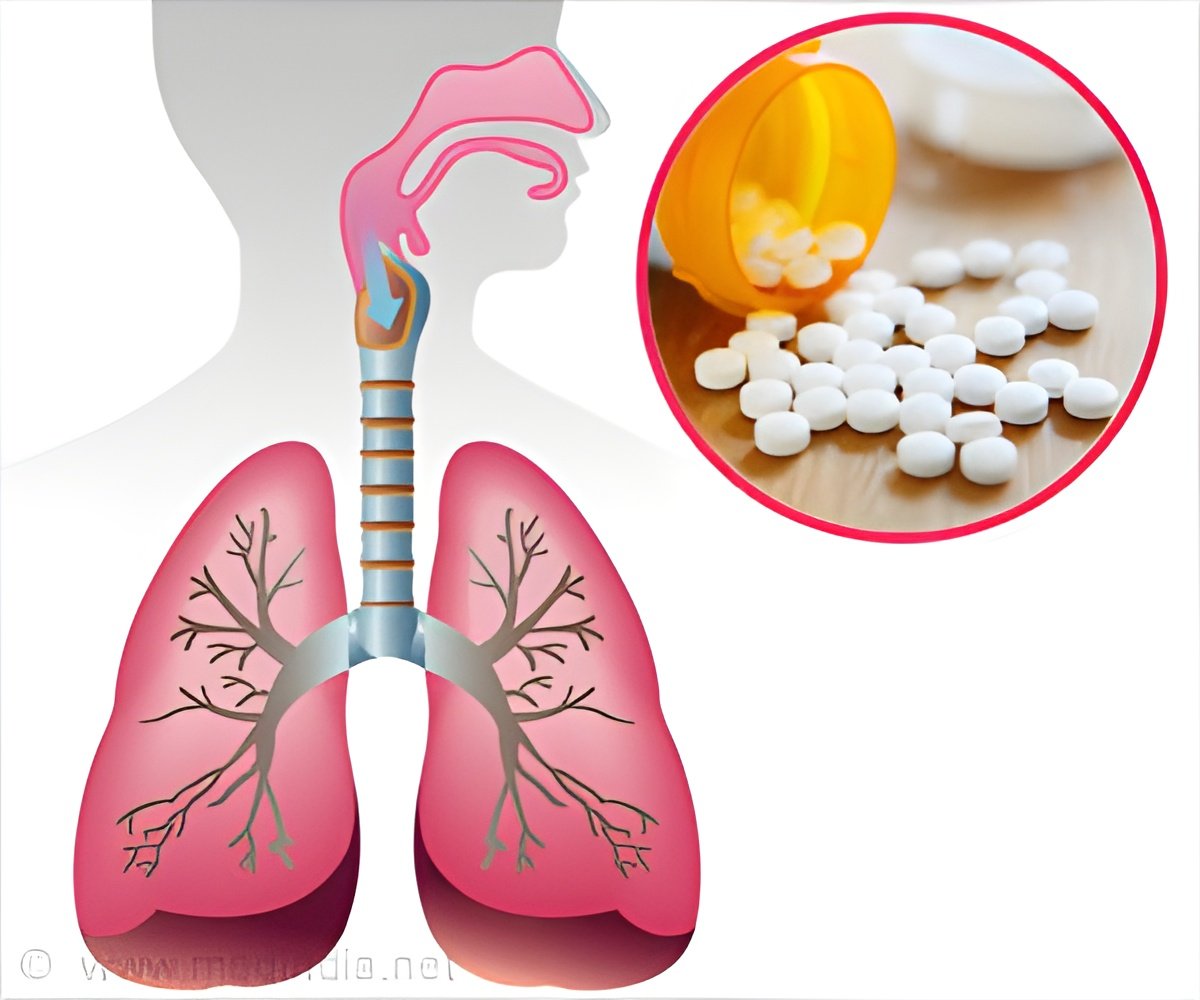
‘Patients having lung cancer with HER-2 positive status may benefit more with the new drug tarloxotinib, as it helps in treating HER-2 lung cancer.’
Read More..Tweet it Now
Now, a University of Colorado Cancer Center study presented at the 30th annual EORTC-NCI-AACR Symposium on Molecular Targets and Cancer Therapeutics shows the promise of an innovative new strategy against HER2-driven lung cancers (with EGFR involvement, which is also a well-known driver of lung cancer).Read More..
Tarloxotinib, a potent HER2/EGFR inhibitor, is unique in that the drug only becomes active in low-oxygen conditions, such as those commonly found in tumor tissue.
By pairing a potent HER2/EGFR inhibitor with a targeting mechanism specific to tumors, researchers show that tarloxotinib is far more active against lung cancer cell lines than even the most successful existing HER2/EGFR inhibitors, with minimal effect on surrounding, healthy tissues.
"We are very excited about this drug. When it's near healthy cells, it's inactive; when it's near tumor cells, it's very active. This could provide a new therapeutic approach for patients with HER2 lung cancer," says Robert C. Doebele, MD, PhD, director of the CU Cancer Center Thoracic Oncology Research Initiative.
Dr. Doebele is a co-founder of Rain Therapeutics Inc., a clinical stage biotechnology company developing tarloxotinib as its lead drug candidate.
Advertisement
In the case of tarloxotinib, oxygen molecules scavenge electrons from the prodrug to keep it inactive. In the absence of oxygen, tarloxotinib fractures into its active form.
Advertisement
This makes tarloxotinib about 50 times more active in low-oxygen conditions than it is in normal-oxygen conditions. And low-oxygen conditions, aka "hypoxia," are a hallmark of cancer, in which the growth of tumor tissue often outpaces the growth of blood vessels needed to supply the tumor with oxygen.
"The problem is that the concentration of HER2/EGFR inhibitor needed to affect HER2/EGFR lung cancer is so high that these drugs have come with too many side effects to be clinically useful.
We hope that our approach with this prodrug will solve that problem, delivering the HER2/EGFR inhibitor where it's needed without compromising function in healthy tissues," says Adriana Estrada-Bernal, PhD, the study's first author.
### The group will present data describing the therapeutic effect of tarloxotinib on mouse models of lung cancer. Collaborators at the University of Auckland will present the following additional data:
Presentation Title: The hypoxia-activated EGFR/HER2 inhibitor Tarloxotinib is activated by the plasma membrane reductase STEAP4.
Presentation Title: Targeting tumour hypoxia with tarloxotinib improves the therapeutic efficacy of checkpoint blockade.
Source-Eurekalert











